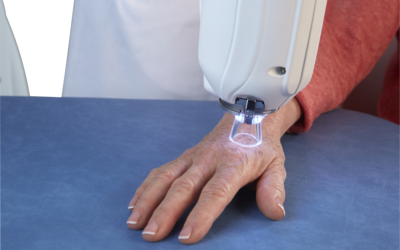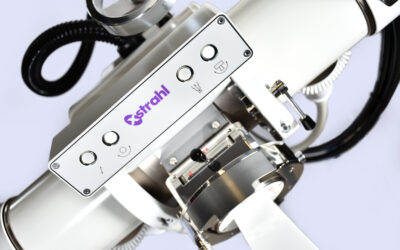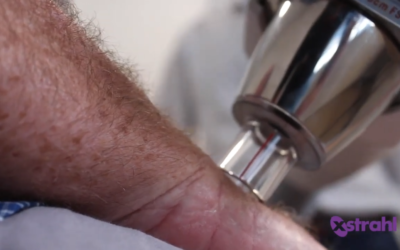
Low dose radiation therapy is the typical treatment for elderly patients aged ≥70 years, for painful benign skeletal disorders such as calcaneodynia, achillodynia, painful gonarthrosis, and painful bursitis trochanterica. However the short- and long-term efficacy has not been evaluated.
In their paper “Low-Dose Radiation Therapy for Benign Painful Skeletal Disorders: The Typical Treatment for the Elderly Patient?” Micke O, Seegenschmiedt MH, Adamietz IA, Kundt G, Fakhrian K, Schaefer U, Muecke R and the German Cooperative Group on Radiotherapy for Nonmalignant Diseases (GCG-BD) evaluate the short- and long-term efficacy of low-dose radiation therapy.
Between October 2011 and October 2013, patients aged ≥70 years with painful degenerative disorders of joints were recruited for the prospective trial. Single doses of 0.5 to 1.0 Gy and a total dose of 6.0 Gy per series were used. Pain was measured before and right after radiotherapy with a 10-point visual analogue scale. Additionally, pain relief was measured with the 4-point pain scale according to “von Pannewitz” immediately on completion of the treatment and during follow-up. A good response was defined as markedly improved and complete pain relief.
A total of 166 evaluable patients with a mean age of 76.6 years (range, 70-90 years) with calcaneodynia (51), achillodynia (8), painful gonarthrosis (80), and painful bursitis trochanterica (27) were recruited. The mean visual analogue scale value before treatment was 6.38 and immediately upon completion of radiotherapy was 4.49. Concerning the von Pannewitz status immediately on completion of radiotherapy, 6 patients were free of pain, 56 were much improved, 47 reported slight improvement, and 57 experienced no change. After a median follow-up of 29 months, 109 patients could be reached for evaluation of follow-up results. Thirty-three patients were free of pain, 21 had marked improvement, 18 had some improvement, and 37 experienced no change. Therefore, a good response immediately on completion of radiotherapy could be achieved in 62 of 166 patients, and with the follow-up in 54 of 109 patients.
They concluded that low-dose radiotherapy is a very effective treatment for the management of painful degenerative disorders of joints in the elderly. Low-dose radiotherapy offers a low-risk, genuinely conservative, non-invasive therapeutic alternative for elderly patients.
This Xstrahl In Action was adapted from a article found on a National Library of Medicine website.






